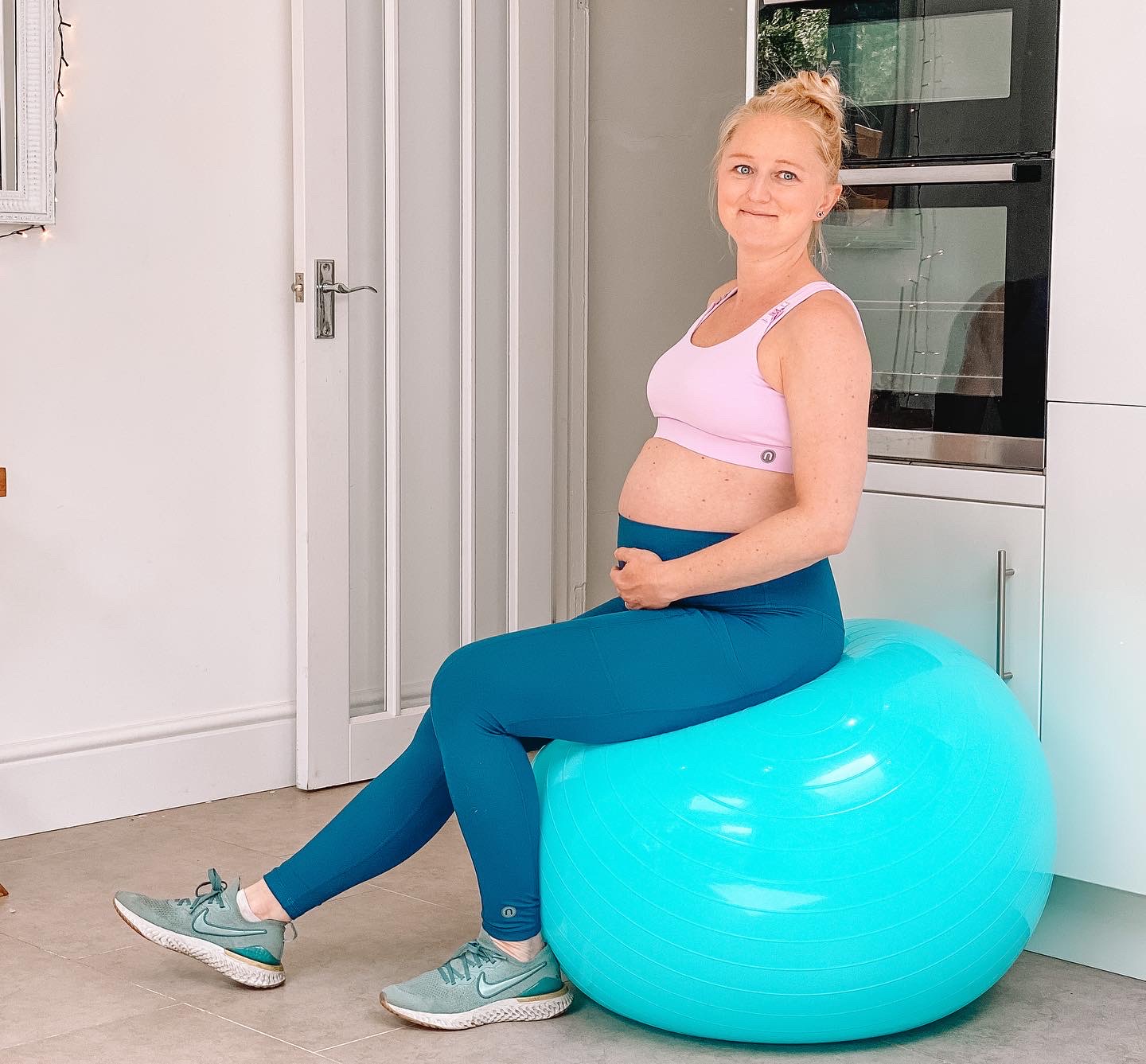Pelvic Girdle Pain - The Causes, Symptons and Treatment
Oct 27, 2023Pelvic Girdle Pain (PGP) can be a real game-changer during pregnancy, affecting around 1 in 5 women. It often makes its debut in the second or third trimester, and if you've experienced it before, you're no stranger to the wincing and day-to-day struggles it brings. I personally had my bouts with it during both my pregnancies, but luckily, I managed to navigate it relatively well. It definitely influenced the way I moved though, and today, I want to chat about just that.
What is Pelvic Girdle Pain?
Pelvic Girdle Pain used to go by the name Symphysis Pubis Dysfunction (SPD), but now, it's the catch-all term for any pelvic discomfort. Our pelvis houses three joints: the symphysis pubis in the front and the two sacroiliac joints in the back. A whole bunch of factors can gang up to cause this discomfort, but a key player is the shift in the muscles and connective tissue around these joints.
What are the symptons of Pelvic Girdle Pain?
For those grappling with PGP, it can manifest as pain around the pubic bone, typically in line with your hip, or as discomfort on one or both sides of your lower back. But it doesn't stop there; it can also make itself at home around your perineum (the space between the vagina and the anus) and even travel down one or both thighs.
It's like an uninvited guest that loves to crash the party when you're on a long walk, tackling stairs, trying to put on pants while standing on one leg, clambering in and out of your car, or even attempting to roll over in bed. Some women end up feeling like they're barely able to walk by the end of their pregnancy, while others continue with their daily activities – it's a wide spectrum.

Treating Pelvic Girdle Pain
First and foremost, if the pain is unbearable and restricting your life, don't hesitate to reach out to a pelvic health physio. They're like the superheroes of pelvic discomfort and can work wonders to help you out of your misery.
There is plenty that you can do in your daily life that is likely to alleviate some of the pain.
- Tweaking your movements and exercises. Avoid solo leg workouts like lunges and step-ups, and maybe lighten the weights to ease the load.
- Use a swiss ball. As your pregnancy progresses you may find just sitting on a ball more comfortable than a normal chair. But if you can also include some specific movements such as figure of eights or circles with your hips, this will help to alleviate the tightness around the pelvis.
- Sitting down to get dressed. It sounds drastic but standing on one leg to put my underwear or trousers on was one of the worst things for my PGP so sitting on the bed to do it took all that discomfort away.
- Keeping your legs together when turning in bed. It takes some practice but once you get the hang of it, it makes this movement far less painful. Squeeze you legs together, and your bottom, and use your upper body to help you turn.
- Taking it one step at a time. Literally. Stop taking the stairs two at a time, a shallower step up will help.
- Wear supportive shoes. Not shoes that are too flat or have a heel. You want a nice cushioned shoe.
- Avoid sitting cross legged, or with one leg over the other. Keeping your pelvis in a neutral position is the best option.
- Use a plastic bag under your bottom to help you swivel in and out of your car without having to separate your legs.
Just a quick reminder:
While this advice can be helpful, it's a general guide. If you have specific concerns or worries, please don't hesitate to reach out to a medical professional. Your comfort and well-being during pregnancy are of the utmost importance.
Want more pregnancy and post-natal chat?
News, moves, motivation, and recommendations delivered to your inbox once a month.
We hate SPAM. Your email address will never be given to anyone else and we won't bombard you with sales talk.






